Air India, the national flag carrier of India, has had a tumultuous history marked by financial struggles and operational inefficiencies. However, under the new ownership of Tata Sons, the airline has undergone a significant transformation, with the implementation of modern technologies such as ChatGPT leading the way.
One of the key changes made by Tata was to replace the manual pricing system with an automated one. Previously, Air India relied on a team of pricing analysts to manually set fares based on a range of factors such as competition, demand, and seasonality.
However, this approach was time-consuming and often led to errors or inconsistencies in pricing.
From manual pricing to ChatGPT: How Air India is transforming under Tata.
The new automated pricing system uses advanced algorithms and data analytics to optimize fares and adjust them in real-time based on demand and supply. This has not only improved the accuracy and efficiency of pricing but has also allowed Air India to respond quickly to changes in the market and offer competitive fares to customers.
Another significant change introduced by Tata has been the integration of ChatGPT into Air India's customer service operations. ChatGPT is a machine learning-based conversational agent that can understand and respond to natural language queries in a human-like manner.
This has enabled Air India to provide personalized and efficient customer service around the clock, without the need for human agents.
ChatGPT can handle a wide range of customer queries, from flight schedules and booking changes to baggage allowances and airport directions. By using natural language processing and machine learning, ChatGPT can quickly analyze customer queries and provide accurate and relevant responses in real-time. This has reduced wait times and improved the overall customer experience.
These efforts have led to significant improvements in the airline's financial performance.
In addition to these technological advancements, Tata has also focused on improving Air India's operational efficiency through better fleet management, route optimization, and cost control measures.
The transformation of Air India under Tata's ownership has been a remarkable success story, with the airline now recognized as a modern and efficient carrier. The implementation of technologies such as automated pricing and ChatGPT has played a crucial role in this transformation, allowing Air India to improve its operations, offer better customer service, and compete more effectively in the global market.
Read next
Etihad Airways, the national airline of the United Arab Emirates, and SkyTeam member China Southern Airlines, Asia’s largest airline, are set to explore deeper and broader cooperation opportunities following the signing of a Memorandum of Understanding (MOU) to provide passengers with an enhanced travel experience.
This follows Etihad’s move to Beijing Daxing International Airport (PKX), which is also China Southern Airlines’ hub, earlier this week.
The daily service will be operated by Boeing 787-9 Dreamliner aircraft.
Etihad Guest members currently do not earn frequent flyer points on China Southern flights. They do, however, earn miles on Chinese carrier Hainan Airlines.
Etihad & China Southern Sign MOU To Expand Cooperation Opportunities.
Etihad and China Southern say their new MOU provides scope for expansion of the current codeshare cooperation and allows the partners to explore extending global flight networks beyond the two carriers’ hubs.
This is further enhanced by Etihad services to China Southern’s home hub at Guangzhou Baiyun, resumed in October 2022. Etihad currently also flies to Shanghai, but its flights to Chengdu and Hong Kong remain suspended.
The MOU also contains plans for mutual procurement opportunities across ground handling, cargo handling, bonded warehousing, catering, and maintenance, repair and overhaul in either Guangzhou, Beijing or Abu Dhabi, broadening cooperation opportunities in the airline supply chain.
“This MOU will serve as a platform for a stronger ongoing relationship between the two airlines. Etihad looks forward to working with China Southern Airlines to explore comprehensive and pragmatic ways in which the two carriers can work more closely together, to drive greater value through our unique strengths at Beijing Daxing International Airport and Guangzhou Baiyun International Airport and further extend the reach of our joint network . Advanced cooperation between the two airlines sends a very strong signal to the industry and brings further hope of recovery for the global aviation and travel markets.”
Arik De, chief revenue officer of Etihad.
With inputs from businesstraveller.
Read next
Emirates and United have activated their codeshare partnership, allowing Emirates customers to enjoy easier access to an expanded choice of US destinations.
Emirates customers will now be able to fly to Chicago, Houston or San Francisco and connect easily to an expansive network of domestic US points on flights operated by United.
With the launch of the partnership, Emirates customers heading to the US, can now look forward to access to more than 150 US cities in the US carrier’s network, via the three gateways.
Similarly, Emirates customers in the US planning trips to Dubai and beyond have a myriad of choices and can utilise the US carrier’s services to easily connect to Emirates operated flights bound for Dubai, via Chicago, Houston or San Francisco.
Emirates-United codeshare benefits
The partnership unlocks a host of popular destinations accessible from Emirates gateways such as Atlanta, Austin, Denver, Minneapolis and Phoenix.
Passengers from the Dubai planning trips to destinations such as Detroit, can fly direct from Dubai to Chicago or Houston, and simply connect on a flight of the US carrier to the final destination, while enjoying the hassle-free flight benefits.
The reciprocal benefits extend to passengers flying out of the US using Emirates services to fly to Dubai, with the same easy access from a vast network of domestic cities and connection at one of the three hubs.
Customers of both airlines will soon be able to book connecting flights on a single ticket, easing check-in and luggage transfer.
Emirates Skywards members can soon earn miles when they travel on flights operated by the US carrier, and United Mileage Plus members flying on United’s New York/Newark to Dubai flight will be able to earn and redeem miles when connecting beyond on Emirates and flydubai, the statement added. Eligible customers travelling on codeshare flights will also be able to enjoy access to Emirates and United lounges.
Adnan Kazim, Emirates’ chief commercial officer, commented, “We are extremely delighted to activate this historic partnership with United and significantly expand our footprint in the US United’s vast network across the Americas will help us to offer more choice to our customer base from across the globe, and meet demand from across segments including the leisure, VFR, corporate travellers and students who can now connect seamlessly to and from a broader network of more than 150 domestic points.”
In recent news, Emirates announced it will deploy its signature A380 aircraft to Bali starting from June 1, marking a milestone in Indonesia’s aviation history as the first scheduled A380 service to the country.
The new 2-class Emirates A380 service will replace one of the two daily services to Bali currently operated by a 2-class Boeing 777-300ER aircraft.
The airline also refreshed it livery recently. This design features the UAE flag on the tailfin is much more dynamic and flowing with a 3D effect artwork, and the wingtips have been painted red with the carrier’s logo in Arabic calligraphy “popping” out in reverse white.
Read next
Go First may be staring at the deregistration of at least six aircraft owned by BOC Aviation and Celestial Aviation over unpaid dues. If the aircraft are deregistered, it will be left with only 30 aircraft in operation ahead of the peak summer season, according to a report by Hindu BusinessLine.
Six aircraft with the registration numbers VT-WJO, VT-WJN, VT-WJW, VT-WJX, VT-WJY, and VT-WJZ are among those that are likely to be deregistered, according to the sources.
"It appears that the discussions with the lessors are not progressing as expected. The airline has been unable to repay the debts despite numerous extensions. Go First requested an additional delay, but the lessors are not likely to change their minds."
Another report by MoneyControl said that Go First has not paid lease rentals for 10 planes for the past two months, forcing its lessors to write to the Directorate General of Civil Aviation on the matter.
Lessors may deregister aircraft of Go First due to non-paid rentals
“Go First has not paid lease rentals for the past two months and despite multiple extensions, there are no signs that the airline will be paying,” said an official aware of the talks between the airline and its lessors.
AerCap Holdings, Celestial Aviation, and BOC Aviation have written to the DGCA over the lease rental dues from Go First for 10 Airbus A320 neo aircraft.
While the lessors have not asked the DGCA to deregister the aircraft, that is likely to be the next step. The lessors will file for deregistration in a month if payment of Rs 700 crore is not made by the airline, the person said.
A deregistration request is usually filed if a lessor and airline fail to reach a payment agreement. It would result in removal from the country’s official register of aircraft and means it cannot be used for flight operations.
This comes amid GoFirst's scuffle with Pratt and Whitney, and a potential lawsuit at least three lessors have asked the airline to remit the lease rentals that have been deferred due to the Covid-19 pandemic. Industry experts believe that this could be a huge hit for the airline ahead of the peak season.
A source said that it owes close to $60-70 million towards one of the lessors whereas it owes another $20-30 million cumulatively towards other lessors.
According to the airline, it has 61 aircraft in its fleet. Data on planespotter.net showed that almost 50% of its fleet of 29 aircraft is grounded. Most of these aircraft are grounded due to alleged delays in engine deliveries from Pratt and Whitney.
The delayed lease rental payments have added to Go First’s woes as it seeks compensation from Pratt & Whitney for faulty engines, which have grounded half of its fleet. With fewer operating aircraft, the airline’s market share has shrunk, leading to loss of revenue and delayed payments to vendors.
Go First had 30 aircraft grounded as of March 31, including nine on which the lease payments are due, industry officials said. Go First has a total of 61 aircraft in its fleet – 56 A320neos and five A320ceos, according to the airline’s website.
The loss of passenger revenue comes when airfares are high and traffic is soaring after the pandemic. The airline plans to operate 1,538 flights a week in the ongoing summer schedule, 40 lower than last year. The season started on March 26 and goes on till October 28.
Since July 2022, when it first had to ground its aircraft, Go First's market share has shrunk. Market share narrowed to 8 percent carrying 963,000 passengers in February from a peak of 11.1 percent when it carried 1.27 million passengers in May 2022.
The fall in passengers carried has impacted Go First's financials. The airline reported a net loss of $218 million in FY22, according to regulatory filings. This was twice as much as the previous year’s loss of $105 million.
The carrier withheld payments of Rs 5 crore in February to employees, hotel vendors, and transport vendors.
“The airline regularly pays its fuel vendor, but all the rest are paid intermittently and this month at least, hotels and transport vendors have not been paid," an official working with Go First said.
Go First received Rs 210 crore under the government’s Emergency Credit Line Guarantee Scheme (ECLGS) in February, while its promoters put in Rs 210 crore of funding. The airline has already availed of Rs 600 crore under ECLGS.
The Wadia group-backed airline said in March it may be forced to ground 8-12 more aircraft in the next six to 12 months if Pratt & Whitney does not fulfil its contractual obligations and provide the airline with spare engines.
Another official said Go First does not have money to pay its lessors and it has not received compensation from Pratt & Whitney for faulty engines.
“Go First has no choice but to take Pratt & Whitney to court and win the case if they plan to continue operations,” the official said. He added that the airline’s payments to lessors and vendors far exceed the revenue generated by operating its limited fleet.
(With Inputs from MoneyControl and Hindu BusinessLine)
Read next
Hindustan Aeronautics Limited said on Friday it has registered highest-ever revenue from operations of around Rs 26,500 crore (provisional and unaudited) for 2022-23 as against Rs 24,620 in the previous financial year, an eight per cent growth. HAL CMD, C B Ananthakrishnan said, "Despite the challenges of supply chain disruptions due to geo-political situations, the Company could achieve the targeted growth in the top line. This was possible with the increased thrust on indigenisation and with the available inventory." He said the order book of the Bengaluru-headquartered company stood at around Rs 82,000 crore at the end of March 2023 after liquidation of the supplies during 2022-23. The cash flow of the company has improved substantially with payments of around Rs. 25,000 crore received from the various Defence customers during 2022-23, the statement said.
Read next
Vistara became India’s first carrier to operate a wide-body aircraft using sustainable aviation fuel (SAF) on a long-haul route. Vistara is a joint venture between Tata group and Singapore Airlines.The flight was between Charleston International Airport, South Carolina to Indira Gandhi International Airport, Delhi, and was operated in partnership with The Boeing Company and GE Aerospace, on Vistara’s newest GEnx-powered Boeing 787-9 Dreamliner aircraft, the fourth in its fleet, it said on Thursday in a release.“This is an important milestone in our commitment towards achieving carbon neutrality. We thank our partners, Boeing and GE Aerospace, for their support and hope that initiatives such as this, open up more avenues for the industry to increasingly adopt sustainable technologies. Since the very beginning, Vistara had decided to invest in modern and advanced new aircraft with fuel-efficient engines, and we remain committed to reducing carbon emissions across all areas of our operations.
"Vinod Kannan, CEO, VistaraBy using a blend of 30% such sustainable aviation fuel with 70 conventional jet fuel, Vistara claimed it was able to reduce approximately 150,000 pounds of CO2 emissions over the fuel’s life cycle.https://twitter.com/airvistara/status/1641412421280751616Sustainable Aviation Fuel (SAF) is a cleaner and more sustainable alternative to conventional jet fuel, lowering carbon emissions by up to 80% over the fuel’s life cycle, depending on the feedstock.“We congratulate Vistara on the significant achievement of becoming the first Indian airline to operate a wide-body aircraft, the Boeing 787-9, on a long-haul route using SAF. This is a major milestone in the Indian aviation industry’s journey towards decarbonization, and we are proud to have been a partner in this endeavour. Boeing remains committed to working with Vistara and other partners to promote the use of SAF in the Indian aviation industry and around the world, in support of our collective goal of achieving a sustainable future for air travel.”Salil Gupte, President, Boeing IndiaThe International Civil Aviation Organization's (ICAO) responsibilities under the CORSIA, or Carbon Offsetting and Reduction Scheme for International Aviation, a carbon offset and reduction programme, will also require the Indian aviation industry to implement SAF.Except for airlines from the least developed countries, small island developing countries, and landlocked countries, as well as those whose combined carbon dioxide emissions per revenue tonne-kilometre are less than 0.5% of the total global contribution, the offsetting requirement for the majority of aircraft operators, including Indian airlines for international operations, will become mandatory from 2027 on.“GE Aerospace congratulates Vistara on this milestone. The GEnx engine, like all GE Aerospace engines, can operate on approved SAF blends today. Compatibility with existing aircraft engines is one of the reasons SAF is critical to helping the aviation industry reach its goal to be net zero by 2050 and collaborations like this encouraging greater adoption of SAF globally helps bring us closer to this target.
The GEnx is also up to 15% more fuel efficient than its predecessor, helping reduce fuel consumption and CO2 emissions in flight in addition to the benefits of SAF.”Vikram Rai, Country Head, South Asia and Indonesia, GE AerospaceSustainable Aviation Fuel (SAF) is a cleaner and more sustainable alternative to conventional jet fuel, lowering carbon emissions by up to 80% over the fuel’s life cycle, depending on the feedstock. Vistara is constantly looking at improved ways to do business, keeping sustainability at the heart of those innovations and this ferry flight on SAF, another industry-first initiative in India, is a testament to that.In a separate release, GE Aerospace said the GEnx engine is a high-thrust jet engine developed for the 787 Dreamliner and 747-8 aircraft. GE Aerospace has been actively involved in assessing and qualifying SAF since 2007. It is working closely with producers, regulators and operators to help ensure SAF can be widely adopted for use in aviation.Vistara operates its first Boeing B787 long-haul flight on SAFSAF can be made from plant-based material, fats, oils and greases, alcohols, waste streams, captured CO2, and other alternative feedstocks. The use of alternative feedstocks and processes reduces lifecycle CO2 emissions from how SAF is made compared to fossil-based fuels.India has made slow but steady progress towards increasing the sustainability of the aviation industry. Other instances of Indian airlines using SAF to operate flights include a SpiceJet flight in 2018 and an IndiGo delivery flight. Yet, the nation is currently working towards integrating SAF into the routine operation of flights.To cooperate and work on the research, development, and deployment of SAF, three airlines affiliated with the Tata Group—Air India, AirAsia India, and Vistara—signed a Memorandum of Understanding (MoU) with the Council of Scientific and Industrial Research—Indian Institute of Petroleum in September 2022.

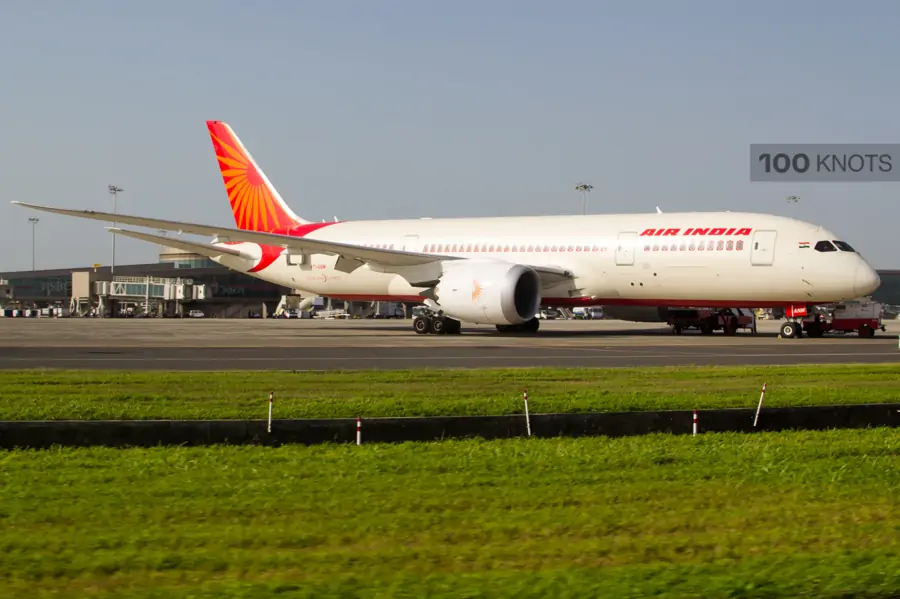
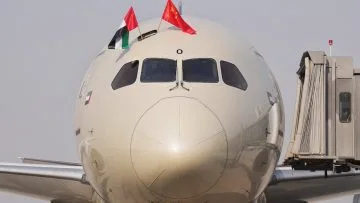

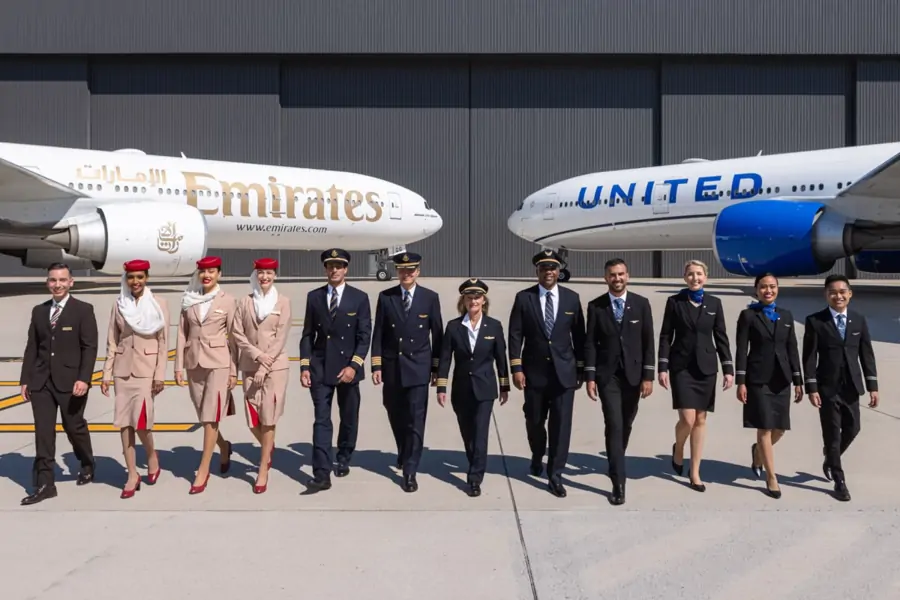

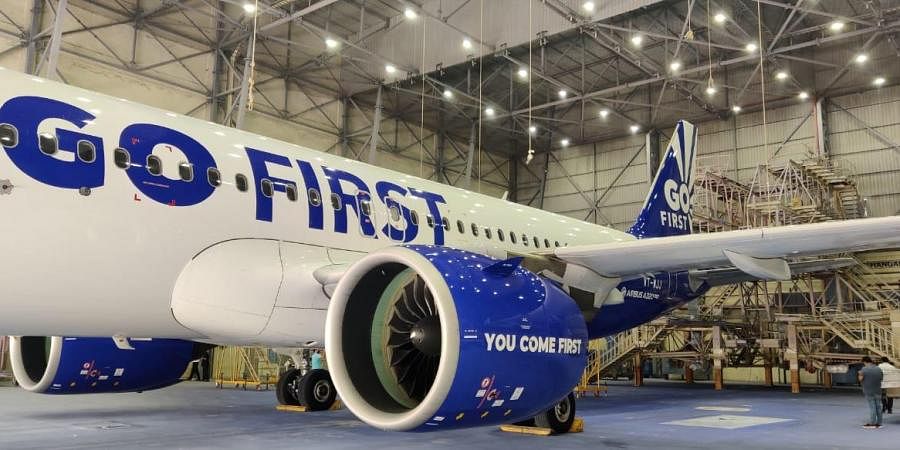

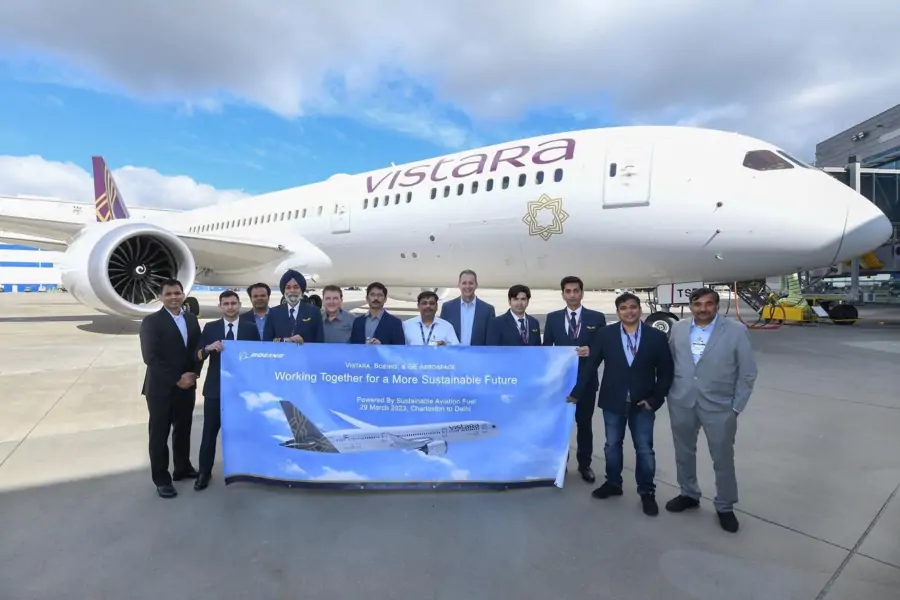
Comment